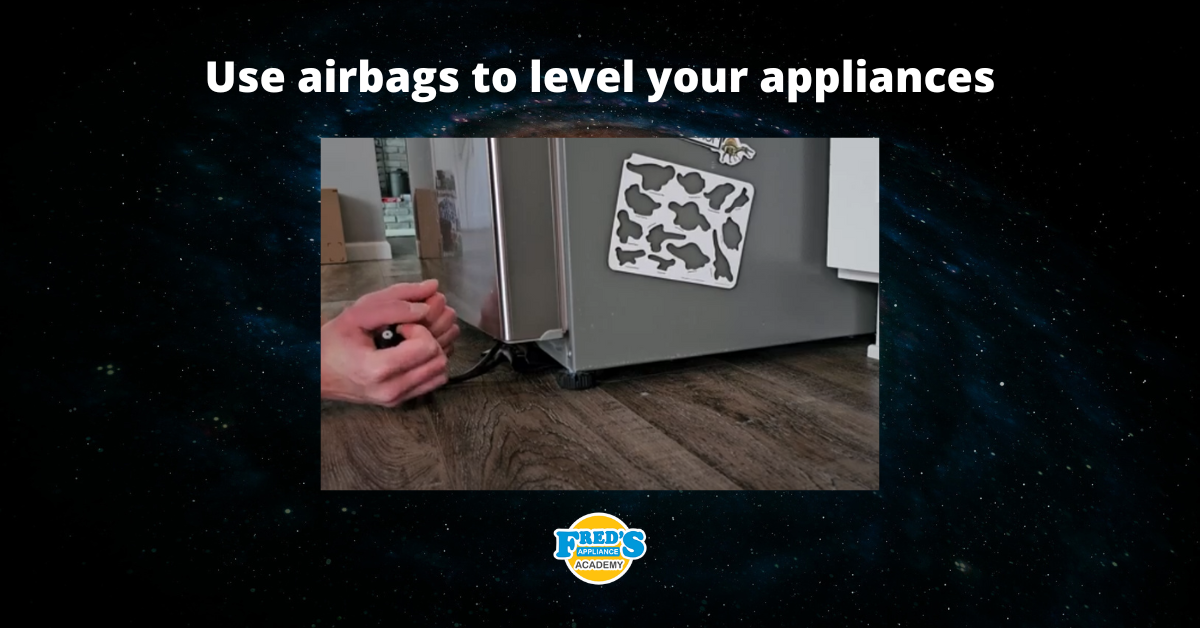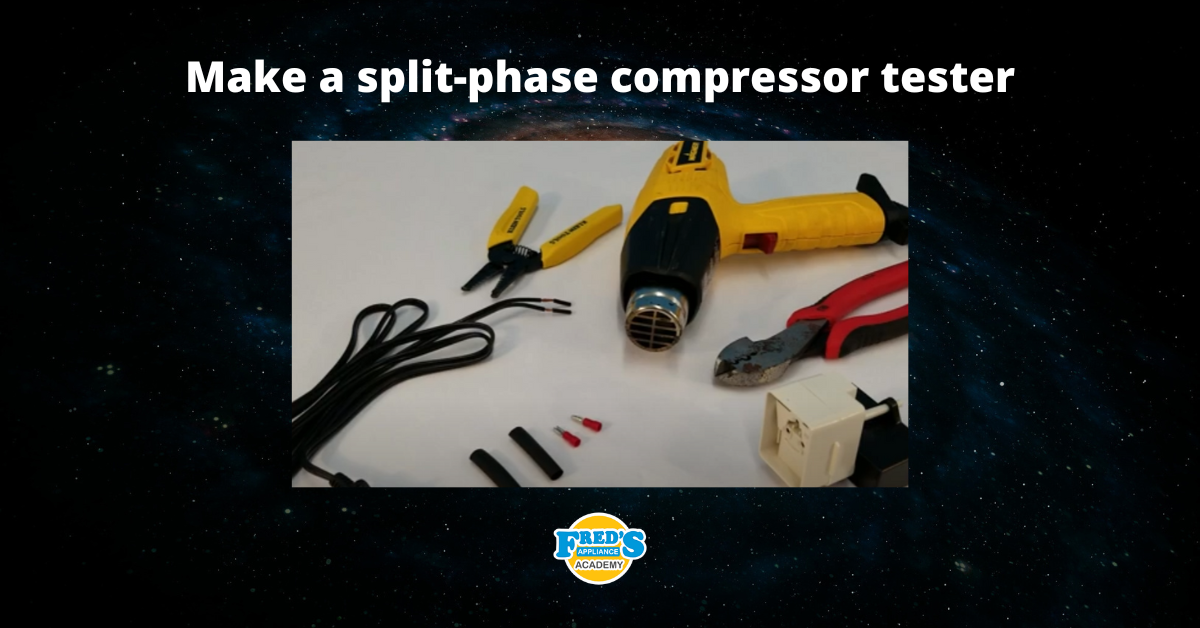
Discovering undissolved detergent in your dishwasher after a wash cycle can be confusing. But fear not, as most of the time, this issue isn’t a sign of a major fault with your appliance, and you can usually resolve it with some simple steps.
There are several possible reasons why the soap in your dishwasher is either only partially dissolving or not dissolving at all. This article goes over these common causes and offers guidance on how to fix them.
Keep reading for our simple-to-follow instructions to get your dishwasher soap dissolving again, pronto.
1. The Detergent Dispenser Is Blocked
If the detergent dispenser door, also known as the dispenser lid, is obstructed, it might not be able to open during a wash cycle to release the detergent into the dishwasher.
A clear sign that the dispenser lid isn’t opening mid-cycle is that you find an undissolved dishwasher tablet, pod, or whatever type of detergent you use still in the dispenser at the end of a wash cycle.
Sometimes, the cause is a large or protruding item inside the dishwasher blocking the dispenser lid, such as a baking tray leaning toward the door, a pot handle, or something else on the upper or lower racks.
To fix this, check for any obvious culprits on the racks and try rearranging some items to create more space near the detergent dispenser so its lid can fully open.
Inspecting the detergent dispenser’s lid and latch for damage is also a good idea. Try opening and closing the dispenser lid a few times to ensure it functions correctly and can move easily. If you’re confident the detergent dispenser isn’t the issue, try our next tip.
2. The Spray Arms Are Damaged or Clogged
Another common cause of soap not dissolving is damage or blockages on the spray arms. The spray arms distribute water throughout the dishwasher, but if they’re faulty, you might not get enough water where it’s needed to dissolve the detergent.
To check the spray arms, follow these steps:
- Unplug the dishwasher for safety and remove all dishes inside.
- Rotate the spray arms manually with your hand to check they can spin freely.
- Remove the spray arms by unscrewing the plastic nut holding them in place or simply pulling them straight up and out, depending on your dishwasher model’s configuration.
- Once removed, inspect the spray arms for signs of damage, such as cracking or warping. If a spray arm is badly damaged, it will need replacing.
- Next, check the spray holes on the arms for blockages. If any are blocked with food or other remnants, unclog them by running water through them and using a toothpick to poke out the debris, clearing the spray holes.
- Run a wash cycle on the dishwasher to see if the detergent dissolves.
Even if the spray arms are not the cause of the issue in your dishwasher, inspecting and cleaning them every few months is still a good idea to ensure your dishwasher continues to perform effectively and efficiently.
3. The Spray Arms Are Obstructed
Here’s another cause linked to the spray arms, but this time, there’s nothing wrong with the spray arms themselves; it’s just that an item inside the dishwasher is preventing them from spinning.
It’s easy to accidentally load the dishwasher in a way that obstructs the spray arms. If you notice that sometimes the detergent is dissolving and sometimes it isn’t, this could be the cause.
When the spray arms are obstructed, the dishwasher will still run a wash cycle, but the spray arms won’t spin, meaning they won’t distribute water properly, resulting in undissolved soap.
Fixing this issue is simply a matter of being aware when loading the dishwasher and keeping an eye out for items that obstruct the path of the spray arms.
Common culprits include long utensils, tall baking trays, and large pots. Sometimes, items can fall or poke through the racks and obstruct the spray arm below, so it’s worth looking out for this, too.
4. The Water Is Too Cold
If the water inside your dishwasher isn’t hot enough, the detergent may not fully dissolve. The standard water temperature for most dishwashers is 120–160°F.
To check if your dishwasher water temperature is below this ideal range, place a dishwasher-safe thermometer inside a glass and place it on the top rack of your dishwasher. Then, run a wash cycle and check the reading on the thermometer when it finishes.
You can also try running your dishwasher on a hotter setting, for instance, switching it from a cooler “Eco” cycle to a hotter “Normal” or “Heavy” cycle to see if this resolves the issue.
5. The Water Pressure Is Low or There’s a Faulty Inlet Valve
If your dishwasher isn’t filling with water sufficiently due to a faulty inlet valve or low water pressure, the soap is unlikely to dissolve fully.
To check if this is the case, run a wash cycle and then, after a few minutes, open the door slightly and peek inside to check if you see a noticeable amount of water at the bottom of the machine. You likely have a problem if there’s very little or no water.
If you believe there’s a potential issue, try also checking the following:
- Check the water pressure is normal on other outlets in your home, such as the sink or shower.
- Check the water supply valve for the dishwasher, often found under the kitchen sink, to ensure it’s fully open.
- Check all hoses and connections to the dishwasher aren’t twisted, kinked, blocked, or crushed.
- Turn off the water supply and power to your dishwasher, then check the inlet valve, usually found at the bottom of the appliance, for signs of damage, blockages, or wear. Refer to your user manual for its exact location; you’ll likely need to remove the kickplate to access it.
If you find visible damage to the inlet valve or dishwasher connections, you may need to call an appliance repair technician to help you fix or replace them, depending on how advanced your DIY skills are.
Likewise, if you still haven’t identified the reason your detergent isn’t dissolving after checking the five common causes we’ve outlined above, your best bet is to call in a professional to help.

How to test a gas range ignitor

Congrats to our graduating March 2024 class

How to test a 120 volt receptacle

Congrats to our graduating February 2024 class

Why Is Your Dishwasher Soap Not Dissolving? (5 Easy Fixes)

Refrigerator Dripping Water Inside? 5 Quick Fixes

Appliance Industry 2023 Q4 Results

Congrats to our graduating January 2024 class

Clever ways to use airbags to level your appliances



